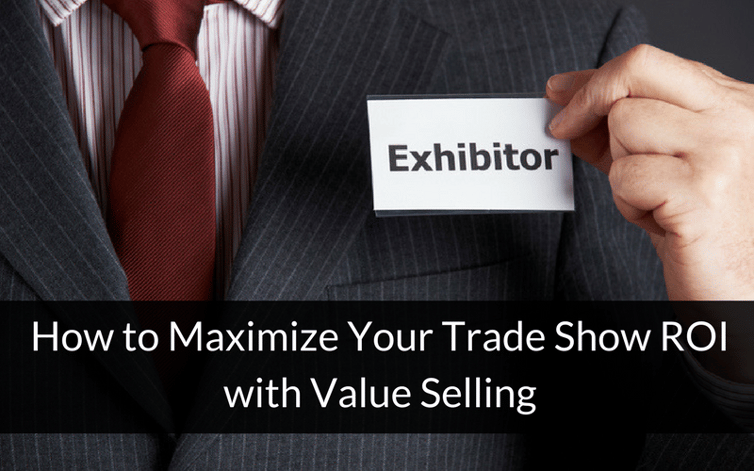
When it can cost $25,000 or more to exhibit at a tradeshow plus the time and expense of travel for each individual you send to the show, you need to wring every bit of return possible out of your investment. We are offering a four-part series on planning improvements to your trade show results, designed to help you gain more new customers and reduce the risk inherent in making such a significant investment.
This initial post will provide an overview of the challenges of making a trade show appearance pay off, and show you how to take advantage of multiple opportunities to increase the likelihood of success. Learn the best strategies to increase your customer base so you can turn this substantial expense into meaningful profit.
Follow-up posts will address what to do before you leave for the show, and will include techniques for engaging with attendees to develop a meaningful and profitable relationship. The last post will wrap things up nicely, addressing what to do after the show is over to ensure you turn the momentum you built into new business.
Trade shows may be costly. But when you have a strategy for increasing the qualified leads you generate and can increase the probability of converting them into opportunities, you can make your investment back and then some.
The Challenges of Getting ROI on Your Tradeshow Investment
Trade shows are huge affairs with anywhere from dozens to hundreds of booths and thousands of attendees spread over thousands of square feet of space. Standing out in the crowd and engaging with the right prospects is as difficult as standing out on the corner with a sign while cars rush by. You may attract a few customers but not as many as you would like.
You must find ways to:
- Qualify leads and set up meetings well before the show date
- Get the right attendees to stop by your booth and engage during brief and limited session breaks
- Make the most of the time they spend at your booth
- Show the prospect your solution creates value quickly
- Provide something of value for the prospect to take away, such as a personalized value report
That is a lot to get done in a short time window. Many exhibitors just stand there gathering business cards and scanning badges, capturing very little information from the potential prospects standing right in front of them. They also give away costly tchotchkes to strangers passing by and talk to prospects about the weather, while the more aggressive exhibitors may attempt to demo their product or solution. Once the show is over, they go home with a handful of business cards they’ve been dealt; the odds of having a winning hand are completely unknown.
After the Show
After the sales team returns from the tradeshow, they may attempt to call and email each prospect that presented their business card or badge. If there is no immediate interest, they often drop the ball before they realize the potential value of that costly lead. Eventually, any connection is lost or thrown away. The prospect falls through the virtual cracks in your CRM.
If they had adopted a value selling approach into their show planning, they would have been able to generate more qualified leads and viable opportunities while converting some of the prospects into new clients. Now it's too late. The trade show is over, the investment is gone, and there is little to “show” for it.
Apply the Value Selling Approach to Trade Shows
Value selling is a methodology that emphasizes helping the buyer define a pain point, measuring the impact of keeping the status quo, and building a business case to show the magnitude of the value your solution brings to the buyer’s business.
Ideally, before you engage with the buyer, you develop tools to help assess business pain points and illustrate how your product or service resolves the identified business issues. During this time, you gather data about the prospect that will allow you to qualify and nurture the lead.
Once the prospect initiates contact, you can begin to build the foundation of a business case and then continue to flesh it out during conversations with the buyer. You can develop additional tools and techniques to determine ROI and TCO, and add that data to the business case.
At each step of the sales process, you should be able to capture and share the precise information needed to move each stakeholder toward a decision in favor of your offering.
Conclusion
The value selling approach can be adapted easily for generating more qualified trade show leads and facilitating their conversion into real opportunities. Throughout this series of posts, we'll show you how to engage prospects better both before your trip and at the show. You can begin to build a business case and a relationship at the show, plus offer a valid reason to follow up after the show. You'll be so excited about the potential sales results you may achieve, and you'll be well prepared to show your customer how they can achieve great ROI as well.
Don’t just rely on the cards you'll be dealt at your next show. Winning business from a trade show shouldn’t be like winning the lottery (but could result in a similar level of excitement), and if you leverage value selling, you'll have the cards you need to win great ROI on the high cost of buying into the game.









